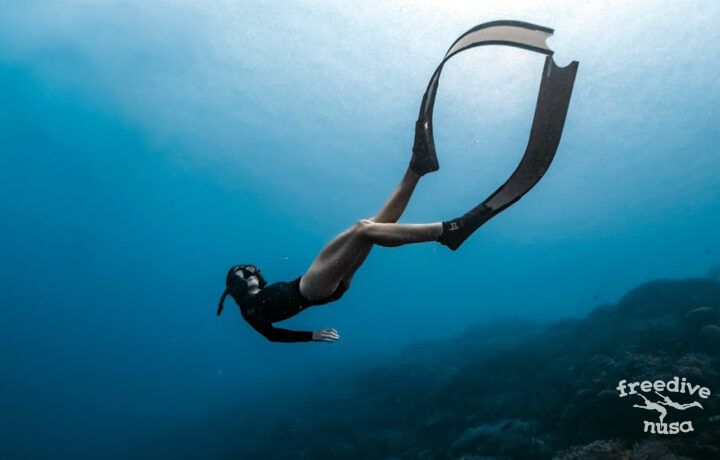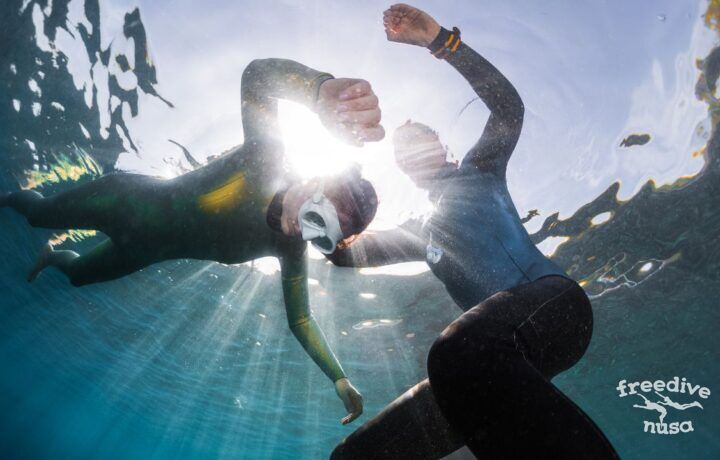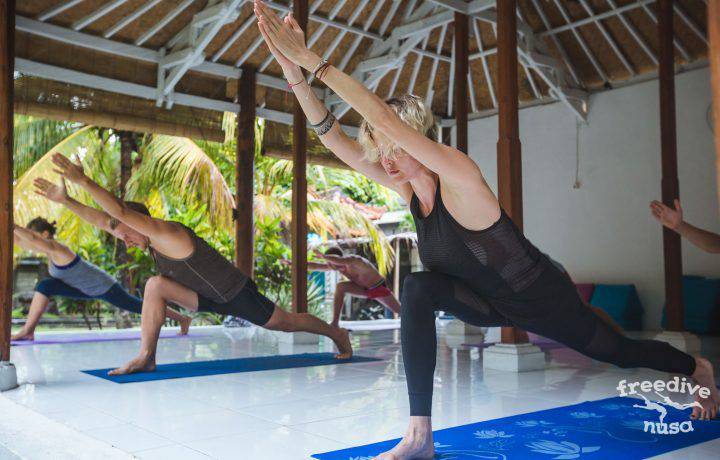In one of our previous posts, we explained how to choose a perfect wetsuit. Now it’s time for the next piece of equipment that is indispensable: bifins! When embarking on a quest of purchasing a pair for your freediving adventures, you might be overwhelmed by the abundance of brands, materials, blade stiffnesses, and other options. So let’s choose good freediving fins for you together!
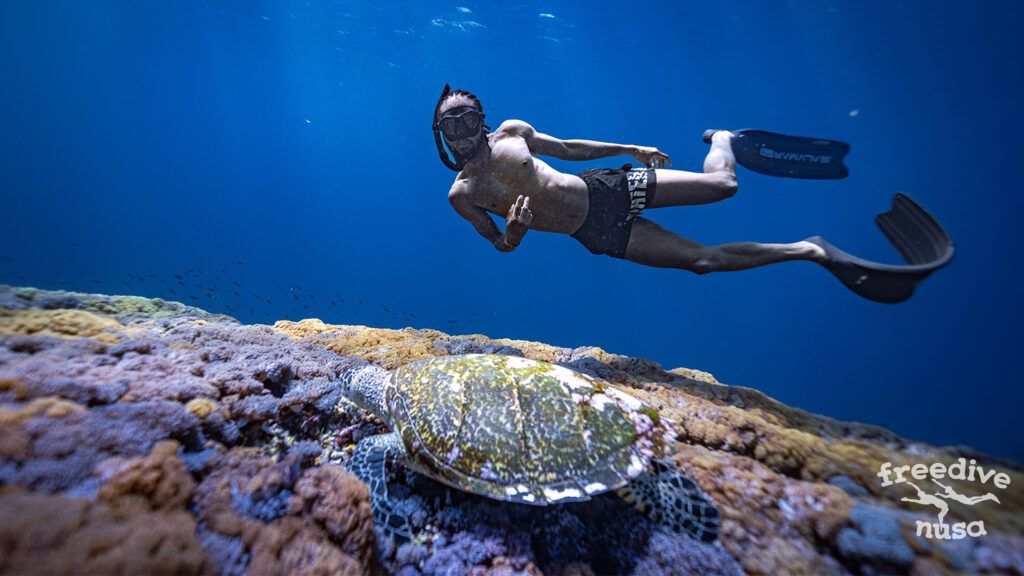
1. Short scuba diving plastic fins
This type of fins for diving are widely available, come in a variety of shapes and colours, and absolutely don’t suit our needs. Scuba divers move horizontally, while we move vertically along the line. Scuba divers are heavy, loaded with a scuba, while we only have our body weight plus a couple of extra kilos. Finally, scuba divers don’t have to be fast and efficient because they have enough oxygen. Fins designed for this sort of movement don’t meet our requirements and won’t feel comfortable. So scroll on for more appropriate options.
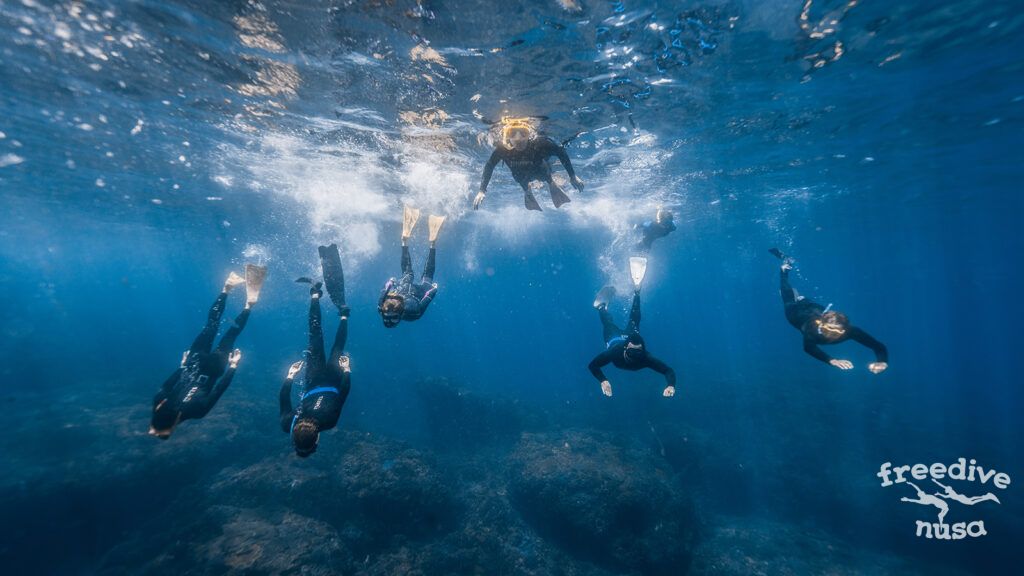
2. Short rubber or silicone fins
This type of fins are relatively cheap and often available in cheerful colors. They might be sinkable or floatable. In case of the latter, you don’t need to worry about losing them if you need to remove them, which makes them great for fundiving. They are a great training tool, because you need to put in more effort, developing the strength in your quads and glutes. On top of that, you don’t need to worry about breaking them if you haven’t quite mastered turns in the pool yet. With short fins, you can build proper flutter kick technique. Due to their popularity in training, there are short rubber or silicone fins developed by the world’s leading brands, such as Powerfins or Molchanovs. In this case, the price if higher, of course. They are not a replacement of long fins — although who knows? Multiple world record holder Alexey Molchanov wore his brand’s silicone fins to get to 100 meters once 😉
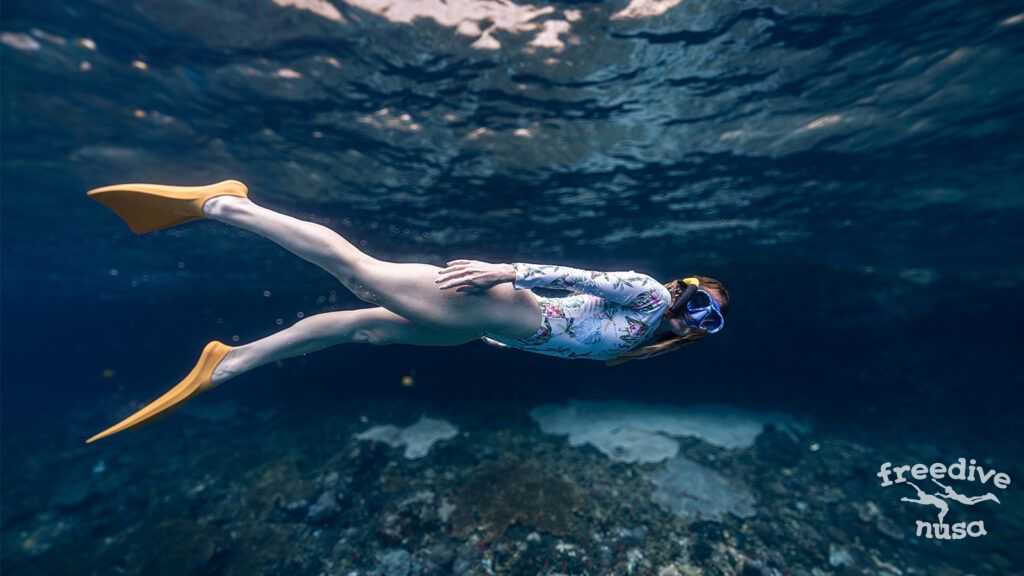
3. Long plastic fins
Longer fins are generally more efficient than short fins as they have more surface area, thus creating more thrust and propulsion. However, the main advantages of plastic fins are that they are cheaper than other long options and very durable. In other respects, they are heavy, require more effort, and are less efficient than fiberglass or carbon fins. If you’re not sure whether you want to invest in freediving or know you’re only going to freedive a couple weeks a year, that might be an option. In other cases, we recommend taking a closer look at fiberglass.
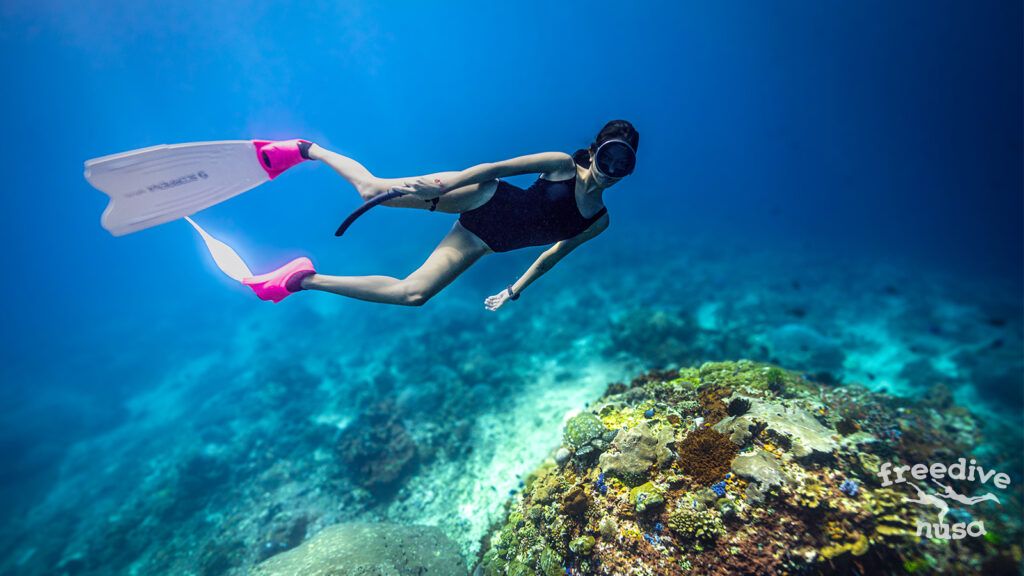
4. Long fiberglass fins
If what you’re after is fun, fiberglass fins are for you! They come in multiple colors and with various patterns — and due to the nature of fiberglass, it doesn’t affect their performance! Fiberglass is also quite durable and can be fixed if cracked, which makes them best diving fins for beginners. In comparison to plastic fins, they are much more lightweight. Fiberglass fins from top brands are not much different from carbon, though still affordable. Wearing them, you can develop great technique without over-exerting yourself. Many top athletes set records and win competitions using fiberglass bifins. This is a perfect option if you know you’re in love with freediving and want to do it regularly and enjoy, but don’t want the fuss of handling carbon and don’t want to spend a fortune on your equipment.
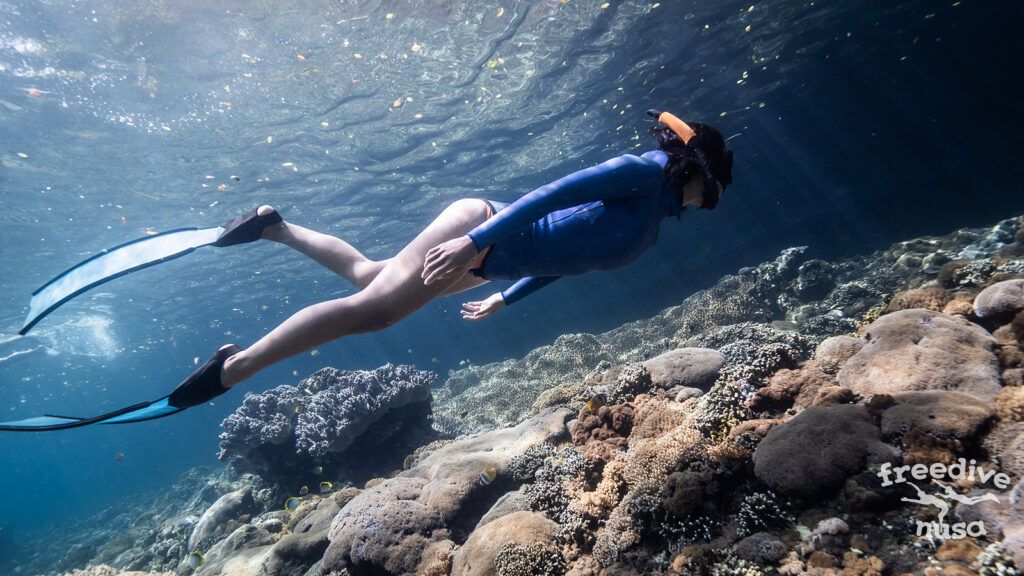
5. Carbon fins
Carbon fins are a Rolls-Royce of fins. This is the most expensive, the most fragile, and the most efficient option. If damaged, they can’t be fixed without losing their properties. They only come in elegant black. These fins are for dedicated freedivers who have set their mind on perfecting their technique and reaching greater depth. This is your option for competition performances.
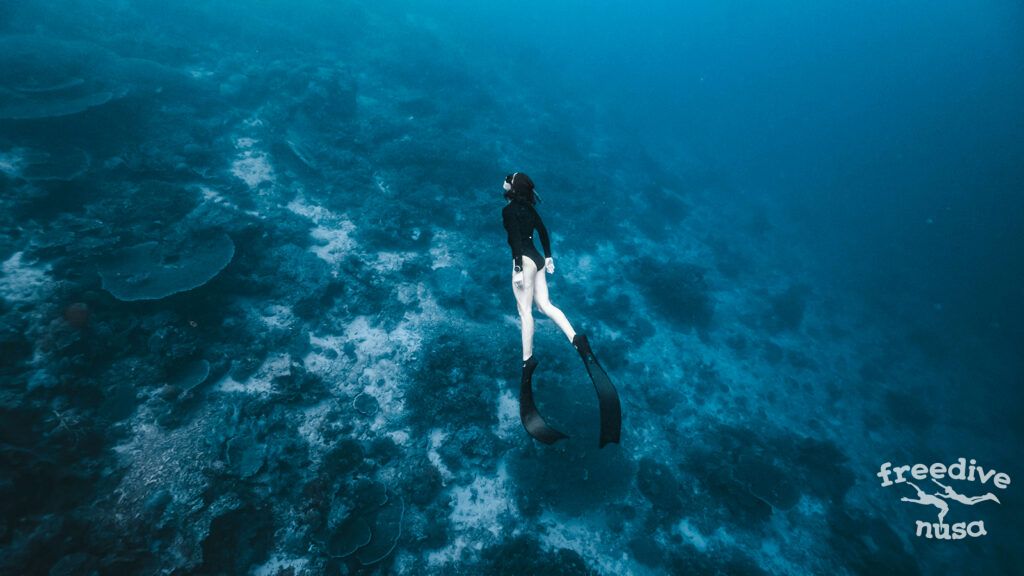
6. Stiffness
As if the above wasn’t confusing enough, fins also vary in stiffness. Soft fins consume less energy and thus are suitable for smaller and lighter freedivers who prefer straight-leg flutter kick. Heavier athletes who engage their knees usually find medium stiffness more appealing. Hard fins are for bigger strong males who often need to overcome currents. But as fin-making techniques develop, the borders between these nominations became blurred, so you won’t know what’s best for you unless you try.
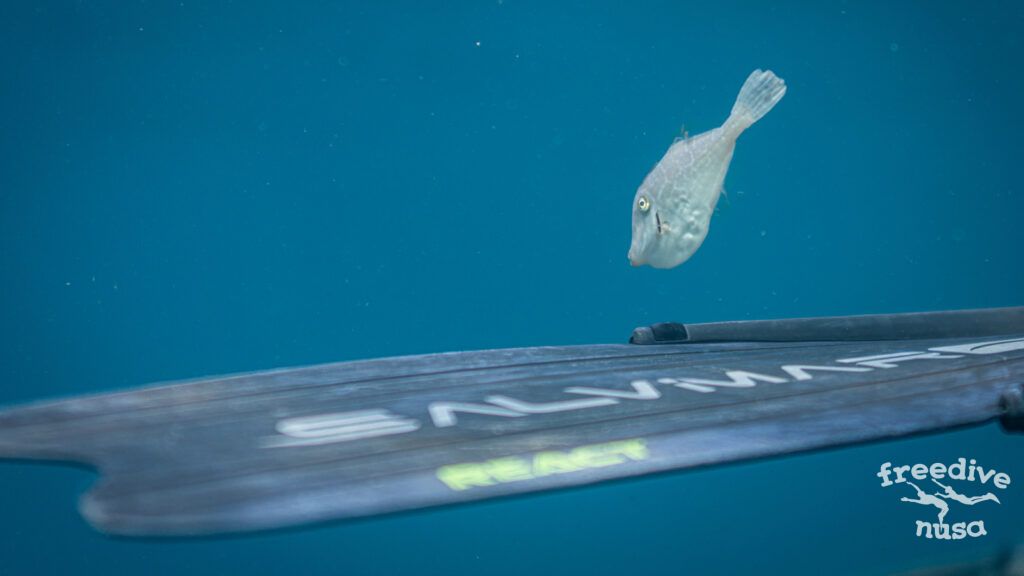
7. Footpockets
You can usually choose between a standard and custom-made footpocket. Custom footpockets are naturally more expensive and take a while to produce, but they offer great comfort and efficiency. This is the best option for competitions. Choose footpockets depending on whether you’re going to wear a sock — and how thick the sock will be. If you’re planning to use your bifins both in a warm pool AND for ice diving, consider buying different footpockets for a naked foot and 5-mm socks. When ordering custom footpockets, keep in mind the fit can be tighter or looser. While looser footpockets are more comfortable and can be worn for a longer period of time, they lead to you losing some of the thrust. In a tight performance footpocket, your foot won’t be able to move and lose efficiency, but you won’t be able to wear them for more than 15 minutes.
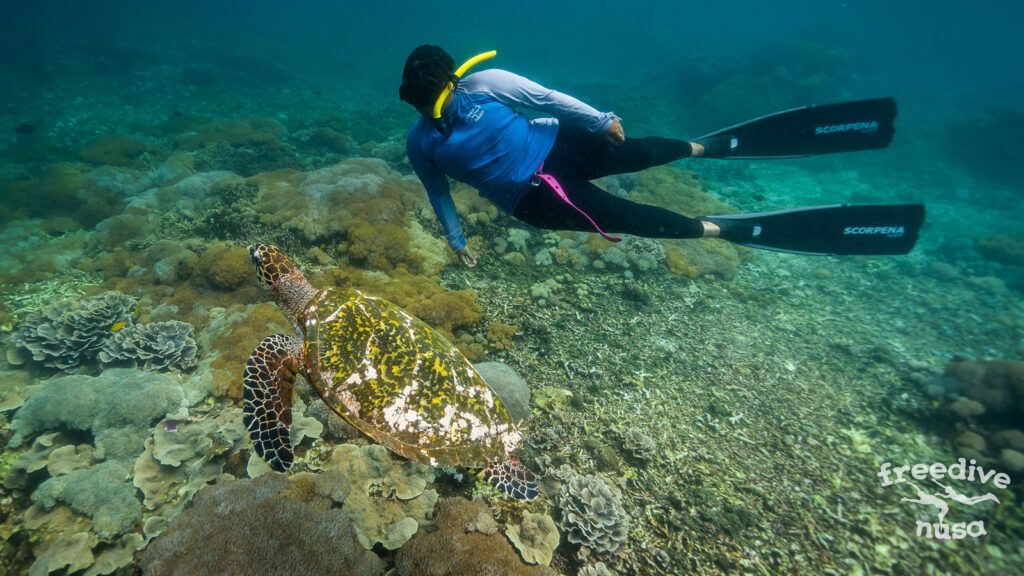
Unlike wetsuits, fins are something you can try before buying, and we encourage you to do so whenever you get the chance. For all courses, from Wave 1 to the Master course, workshops, and freediving trips with Freedive Nusa, we provide all the necessary equipment, including fins. This means you can try as many different fins as you can, of different lengths, different stiffness, from different brands and different materials. So experiment and remember: there are no rules! Choose whatever suits you best, because you are unique.

